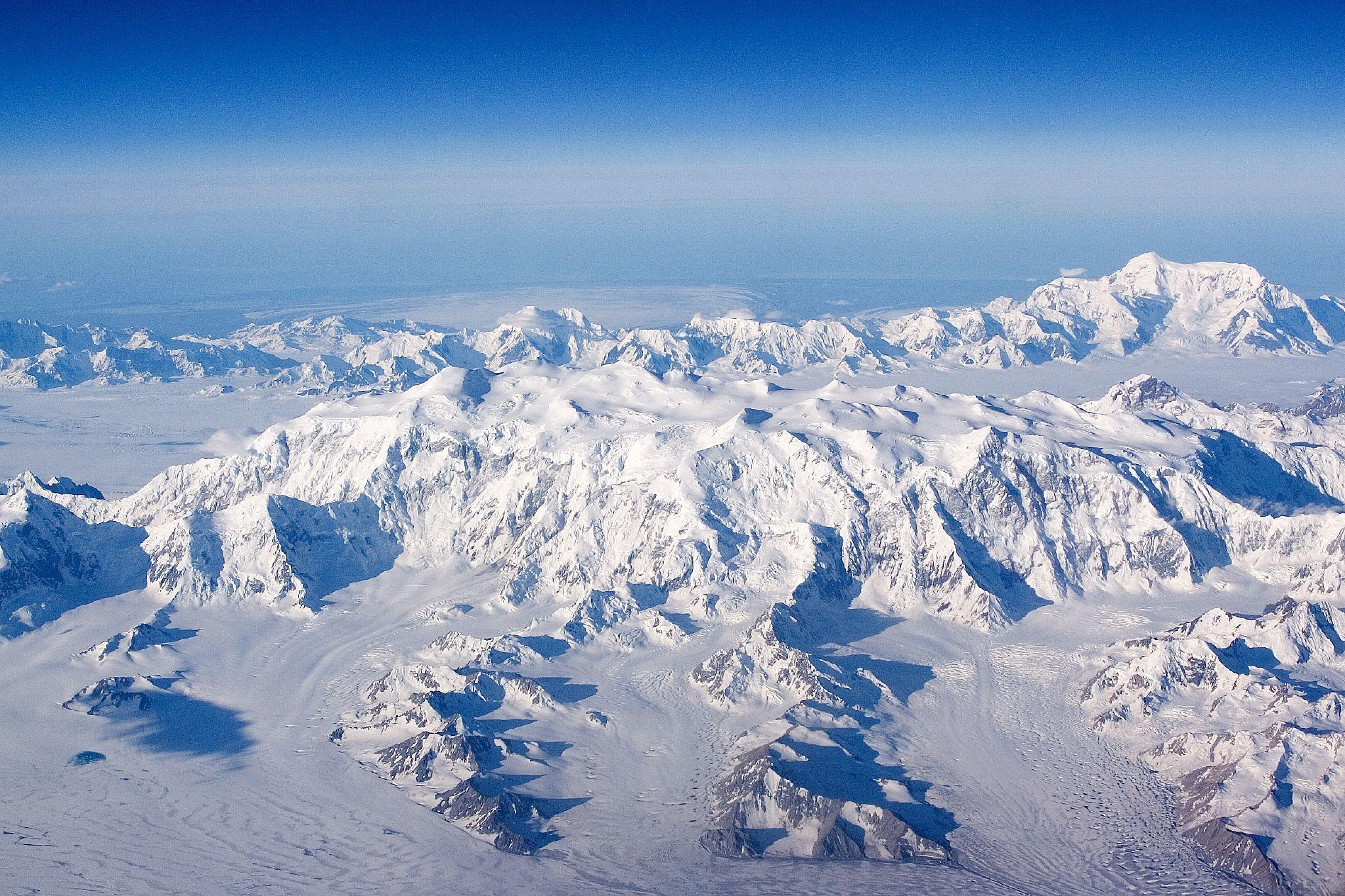The Arctic tundra, a vast and mesmerizing landscape, stretches across the northernmost reaches of our planet. For much of the year, it remains cloaked in a blanket of snow and ice, a seemingly barren land. However, beneath this frozen surface lies a world that bursts into vibrant life during the brief summer months. This article delves into the unique characteristics, remarkable adaptations, and captivating wildlife of the Arctic tundra.
The harsh grip of winter loosens its hold in the Arctic tundra during the summer, albeit for a fleeting period. As temperatures rise, the frozen ground, known as permafrost, thaws in patches, revealing a patchwork of boggy pools, meadows, and vibrant wildflowers. This short-lived transformation creates a lush landscape teeming with life, attracting a diverse array of birds and herbivores.
The Reign of the Sea Eagle: A Powerful Predator
With summer's arrival, the rich coasts and freshwater pools of the tundra become a magnet for birds. Soaring high above is the Steller's sea eagle, a majestic predator ruling the skies. This powerful bird, with a wingspan exceeding 7 feet, swoops down to snatch large fish from the water's surface, showcasing the dynamic food chain within the tundra ecosystem.
Low and Behold: Plant Life Adapted to the Elements
A defining characteristic of the Arctic tundra is the low-lying vegetation. Harsh winds and a short growing season have favored plants that hug the ground for protection. Lichens, a fascinating symbiotic association between a fungus and an alga, thrive in this environment, forming crusty patches on rocks and soil. Bearberry shrubs provide a valuable food source for bears in late summer, while Dryas, with its bright yellow flowers resembling satellite dishes, cleverly tracks the sun's movement to maximize light absorption. Reindeer moss, a type of fluffy lichen, thrives amongst other tundra plants, offering sustenance to grazing herbivores. Cotton grass, with its distinctive cotton-like seed heads, is another ubiquitous plant of the Arctic tundra.
A Feast (or a Plague) for the Bloodthirsty: Insects of the Tundra
Summer in the tundra brings not just vibrant life but also a bane for its inhabitants – hordes of biting insects. Black flies and mosquitoes descend upon unsuspecting animals like reindeer, feasting on their blood. Bot flies, known for their parasitic behavior, further torment these creatures by laying their eggs in the reindeer's throats, adding another layer of challenge to their survival.
Hare Today, Gone Tomorrow: The Arctic Hare's Busy Schedule
The Arctic hare exemplifies the constant hustle for survival in the tundra. These hares spend a significant portion of their time foraging for food. Interestingly, a mother hare only visits her litter for a quick two-minute feeding session every 18 hours, a testament to the harsh realities of raising young in this unforgiving environment. The Arctic hare's fur coat adapts to the changing seasons, transforming from white in winter for camouflage to a grey-black coat in spring to blend into the thawing landscape.
Trees: A Noticeable Absence in the Arctic Landscape
Unlike many ecosystems, the Arctic tundra lacks trees. The permanently frozen ground, or permafrost, prevents tree roots from penetrating deep enough to establish themselves. This unique characteristic contributes to the vast, open expanse of the tundra.
Reindeer: Masters of Adaptation and Migration
Reindeer, also known as caribou, are iconic herbivores of the Arctic tundra. These large deer excel at surviving in this challenging environment. During the summer months, they graze on grasses and young tree saplings. However, as winter approaches, they exhibit a remarkable adaptation: scraping away snow with their hooves to access the mosses and lichens hidden beneath, a vital food source during the harsh winter.
Reindeer are known for their impressive migrations. Some populations undertake epic journeys, traveling up to 1,200 kilometers (750 miles) twice a year. In summer, they move north to the tundra to take advantage of the newly sprouted plants and raise their young. Winter sees them migrate south, seeking shelter from the extreme cold and better access to food sources. Notably, both male and female reindeer possess antlers, a unique characteristic within the deer family. Large males can stand an impressive 1.5 meters (5 feet) tall at the shoulder, showcasing the majestic presence of these herbivores on the tundra landscape.
The migration patterns of reindeer herds play a crucial role in the tundra ecosystem. As they move across the landscape, they graze on vegetation, helping to fertilize the soil and disperse seeds. This, in turn, contributes to the overall health and productivity of the tundra.
A World Beneath the Surface: The Permafrost's Hidden Secrets
The permafrost, a layer of permanently frozen ground beneath the surface, is a defining characteristic of the Arctic tundra. This frozen layer plays a critical role in shaping the ecosystem. It acts as a barrier, preventing water from draining freely and contributing to the formation of boggy pools during the summer thaw. However, with rising global temperatures, the permafrost is thawing at an alarming rate. This has significant consequences for the tundra ecosystem, disrupting drainage patterns, releasing greenhouse gases trapped in the permafrost, and potentially impacting the stability of the landscape.
The Arctic tundra is a fragile ecosystem facing a multitude of threats. Climate change, as mentioned earlier, is a major concern. Rising temperatures are causing the permafrost to thaw, altering the landscape and disrupting the delicate balance of life. Additionally, human activities such as oil and gas exploration, mining, and increasing tourism pose threats to the tundra's pristine environment. Protecting this unique ecosystem requires a concerted effort to address climate change, minimize human impact, and implement sustainable practices.
Tags:
Science

